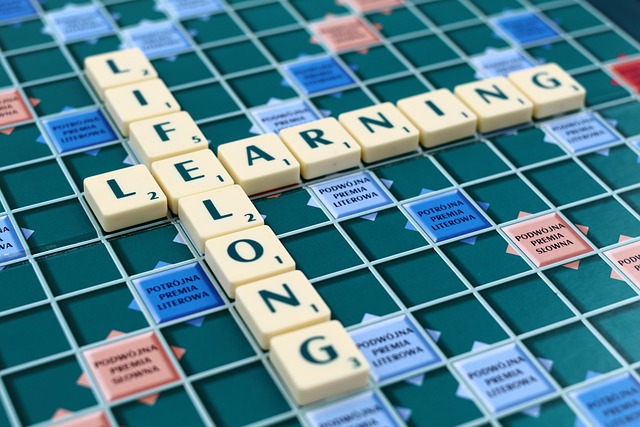Screen-time guidance and hands-on alternatives for little learners
Balancing screen time with tactile, social, and sensory experiences helps young children build motor, language, literacy, and numeracy skills. This brief overview explains practical guidance for caregivers and practitioners, highlighting observation-based assessment, inclusive routines, and classroom or home activities that support engagement and development.

Young children learn best through predictable routines, rich social interaction, and sensory exploration. Caregivers and early childhood practitioners can use observation and simple milestone checks to determine when a brief, focused screen activity is supportive and when hands-on alternatives better advance motor, language, literacy and numeracy development. Thoughtfully chosen media paired with intentional pedagogy preserves engagement without replacing essential physical and social experiences.
How does play support development?
Play drives early learning across multiple domains. Open-ended play and guided activities promote gross and fine motor skills, sensory processing, and problem solving. For instance, manipulating blocks develops spatial awareness and fine motor precision, while dramatic play enhances language, sequencing, and social negotiation. Replacing passive screen moments with short, active play—such as a texture exploration tray, a shape-building challenge, or a movement circle—encourages active learning, sustained attention, and natural opportunities for caregivers to observe emerging skills.
How to foster early literacy and language?
Emergent literacy grows through shared reading, storytelling, songs, and conversational turn-taking. Caregivers who narrate routines, ask open-ended questions, and expand children’s utterances help build vocabulary and expressive language. Instead of relying on solitary screen reading, promote dialogic reading practices: pause to predict outcomes, invite children to point to pictures or letters, and link new words to real objects. These hands-on interactions provide richer language models and let observers note comprehension, emergent writing gestures, and conversational skills for formative assessment.
How to build numeracy through everyday routines?
Numeracy begins with playful counting, comparing, and pattern recognition embedded in daily life. Routines like snack time, tidying up, and lining up offer natural math talk: counting plates, comparing basket sizes, or creating patterns with blocks. Hands-on materials—measuring cups, beads, and sorting trays—make abstract concepts concrete and enhance fine motor control. Brief, repeated math moments across routines strengthen one-to-one correspondence and number sense more effectively than passive screen drills, while giving caregivers opportunities to document strategies and misunderstandings.
How can observation and assessment track milestones?
Observation is an accessible, low-stress method for assessing progress in early childhood. Caregivers record how children manipulate materials, follow instructions, use language, and manage routines to map milestones across motor, language, social, and cognitive domains. Simple checklists, annotated photographs, and anecdotal notes capture skills such as two-word combinations, independent dressing, or emerging counting. These evidence-based records inform individualized supports within the curriculum and help decide when a focused digital tool might scaffold learning versus when repeated hands-on practice is preferable.
How to ensure inclusion and caregiver engagement?
Inclusive pedagogy values diverse abilities, languages, and cultural backgrounds by offering choices and sensory adaptations. Provide materials at varying challenge levels, alternate grips or visual supports, and multisensory stations so children with different needs can access the same learning goals. Caregivers enhance engagement by following children’s interests, scaffolding tasks, and embedding short hands-on activities into routines. Strong partnership with caregivers encourages consistent strategies at home and in program settings, supporting continuity in language exposure, literacy time, and numeracy play.
How does curriculum and pedagogy offer hands-on alternatives?
A play-based curriculum centers inquiry, exploration, and meaningful interaction rather than prolonged passive viewing. Pedagogical approaches that emphasize scaffolding, repetition, and child-led investigation favor manipulatives, music, art, and outdoor movement. For example, a unit about weather can combine a brief animated clip with extended tactile experiences: making wind socks, charting daily conditions, and acting out weather patterns. These hands-on extensions deepen learning, sustain engagement, and build transferable skills in motor coordination, sensory processing, and executive functioning.
Young children benefit from short, purposeful media used selectively and always paired with adult interaction. The goal is to integrate moments of technology into a broader blend of play, observation, and scaffolded learning so that literacy, numeracy, language, and motor development remain grounded in real-world activity. Regular observation and milestone tracking help caregivers choose whether a digital tool is a useful supplement or whether additional hands-on practice will better support a child’s next steps.
Conclusion Balancing screen time and tactile learning requires intentional routines, inclusive materials, and responsive observation. Prioritizing play-based, sensory-rich activities alongside targeted, interactive media supports foundational skills in motor development, language, literacy and numeracy, and helps caregivers and practitioners make informed choices for each child.






